The Nvidia GeForce RTX 5090: A Next-Gen Leap, But For Whom?
Nvidia's RTX 5090 is a high-end graphics card promising a new generation of PC gaming. However, its performance gains over the RTX 4090 are less dramatic than expected in many games, excluding DLSS Frame Generation. The real jump comes from the next-generation DLSS, offering significant improvements in image quality and frame rates, especially with AI-generated frames.
The RTX 5090's upgrade value depends heavily on your gaming setup and preferences. For users with displays below 4K/240Hz, the upgrade may not be worthwhile. But for high-end display owners, the AI-generated frames offer a glimpse into the future of gaming.
Nvidia GeForce RTX 5090 – Image Gallery

 5 Images
5 Images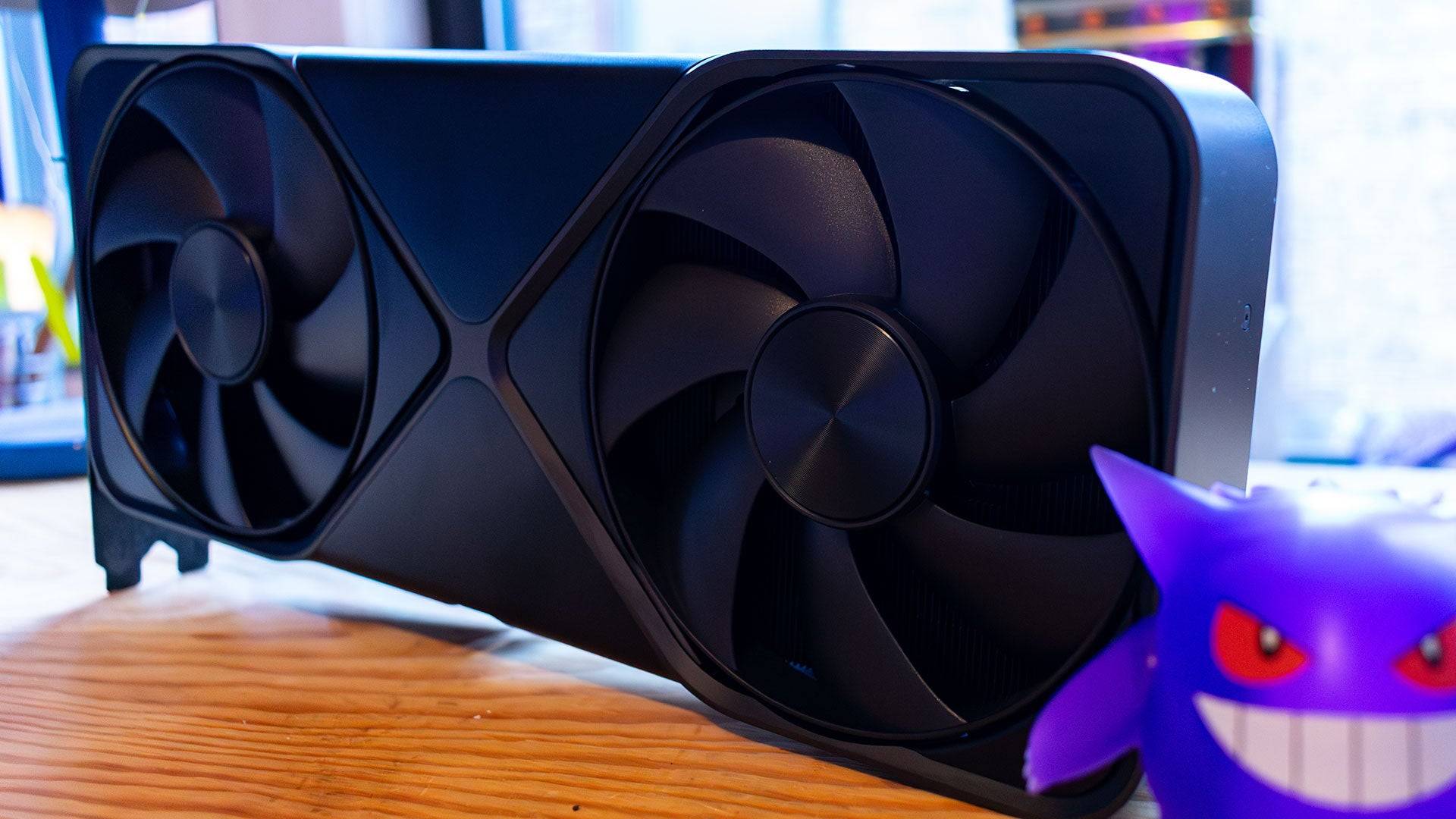


RTX 5090 – Specifications and Features
Built on Nvidia's Blackwell architecture (used in AI data centers), the RTX 5090 boasts 21,760 CUDA cores (a 32% increase over the RTX 4090), resulting in substantial raw gaming performance. Each SM includes four Tensor Cores and one RT Core, enhancing AI capabilities with FP4 support for reduced VRAM dependency.
The card features 32GB of GDDR7 VRAM, offering speed and power efficiency improvements over GDDR6X. However, its 575W power consumption is significantly higher than the RTX 4090. The improved Tensor Cores enable a shift to a Transformer Neural Network (TNN) for DLSS, promising better image quality and reduced artifacts.

DLSS 4 introduces Multi-Frame Generation, a refined version of Frame Gen, capable of generating multiple frames from a single rendered image. This drastically boosts frame rates but is best used with already decent frame rates (around 60fps without Frame Gen).
Purchasing Information
The RTX 5090 launched January 30th, starting at $1,999 (Founders Edition). Third-party cards will likely be more expensive.
Founders Edition Analysis
The 575W power consumption necessitates robust cooling. Surprisingly, Nvidia created a smaller, dual-slot card with a dual-fan configuration. Temperatures peaked around 86°C during testing, which is high but didn't cause throttling. The PCB is centrally located, with fans drawing air from the bottom and expelling it through the top. The design is similar to previous generations, with a silver 'X' design and illuminated GeForce RTX logo.

A new 12V-2x6 power connector (supposedly more efficient) replaces the 12VHPWR, and an adapter is included. The angled connector improves cable management. This design allows compatibility with smaller PC cases.

DLSS 4: Addressing "Fake Frames" Concerns
Nvidia claims up to 8x performance boosts, though reality is more moderate. While raw rasterization performance improves, the real benefit lies in frame generation. The new AI Management Processor (AMP) core efficiently assigns tasks across the GPU, improving Multi-Frame Generation efficiency (40% faster, 30% less memory than previous Frame Gen). The AMP uses a Flip Metering algorithm to minimize input lag. This is why Multi-Frame Generation doesn't work on RTX 4000 cards (relying on CPU for frame pacing).
Multi-Frame Generation isn't a magic bullet; it's most effective with already acceptable frame rates (60fps+ without Frame Gen). DLSS upscaling is recommended for optimal performance. At launch, DLSS 4 supported a range of games (75 claimed at launch). Testing in Cyberpunk 2077 and Star Wars Outlaws showed impressive results, with minimal artifacts.
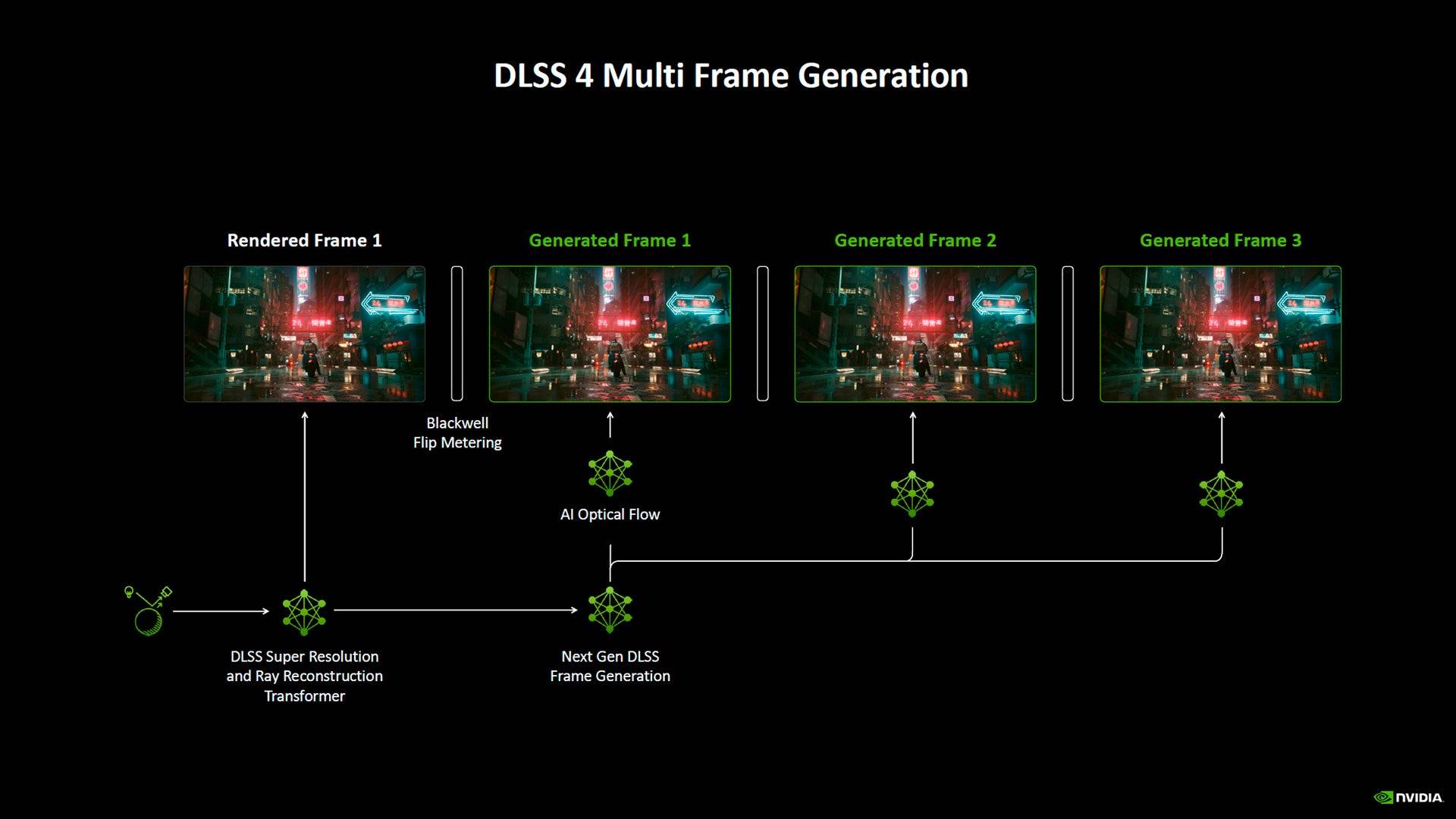

RTX 5090 – Performance Benchmarks
The RTX 5090 demonstrates generational improvements in 3DMark, but real-world gaming performance is more nuanced. A CPU bottleneck was observed in many games, even at 4K with a Ryzen 7 9800X3D. For many high-end GPU owners, the upgrade may not be transformative. Benchmarks were conducted without DLSS 4, using public drivers (Nvidia 566.36, AMD Adrenalin 24.12.1).
Test System:
- CPU: AMD Ryzen 7 9800X3D
- Motherboard: Asus ROG Crosshair X870E Hero
- RAM: 32GB G.Skill Trident Z5 Neo @ 6,000MHz
- SSD: 4TB Samsung 990 Pro
- CPU Cooler: Asus ROG Ryujin III 360
3DMark showed up to a 42% performance increase over the RTX 4090. However, game benchmarks showed smaller gains. Call of Duty Black Ops 6 and Cyberpunk 2077 showed only around a 10% improvement. Metro Exodus: Enhanced Edition showed a 25% improvement, and Red Dead Redemption 2 a mere 6%. Total War: Warhammer 3 showed a 35% improvement, highlighting raw rasterization performance. Assassin's Creed Mirage showed unexpected low performance, likely a driver issue. Black Myth: Wukong showed a 20% improvement, and Forza Horizon 5 showed negligible differences.
Nvidia GeForce RTX 5090 – Benchmark Charts
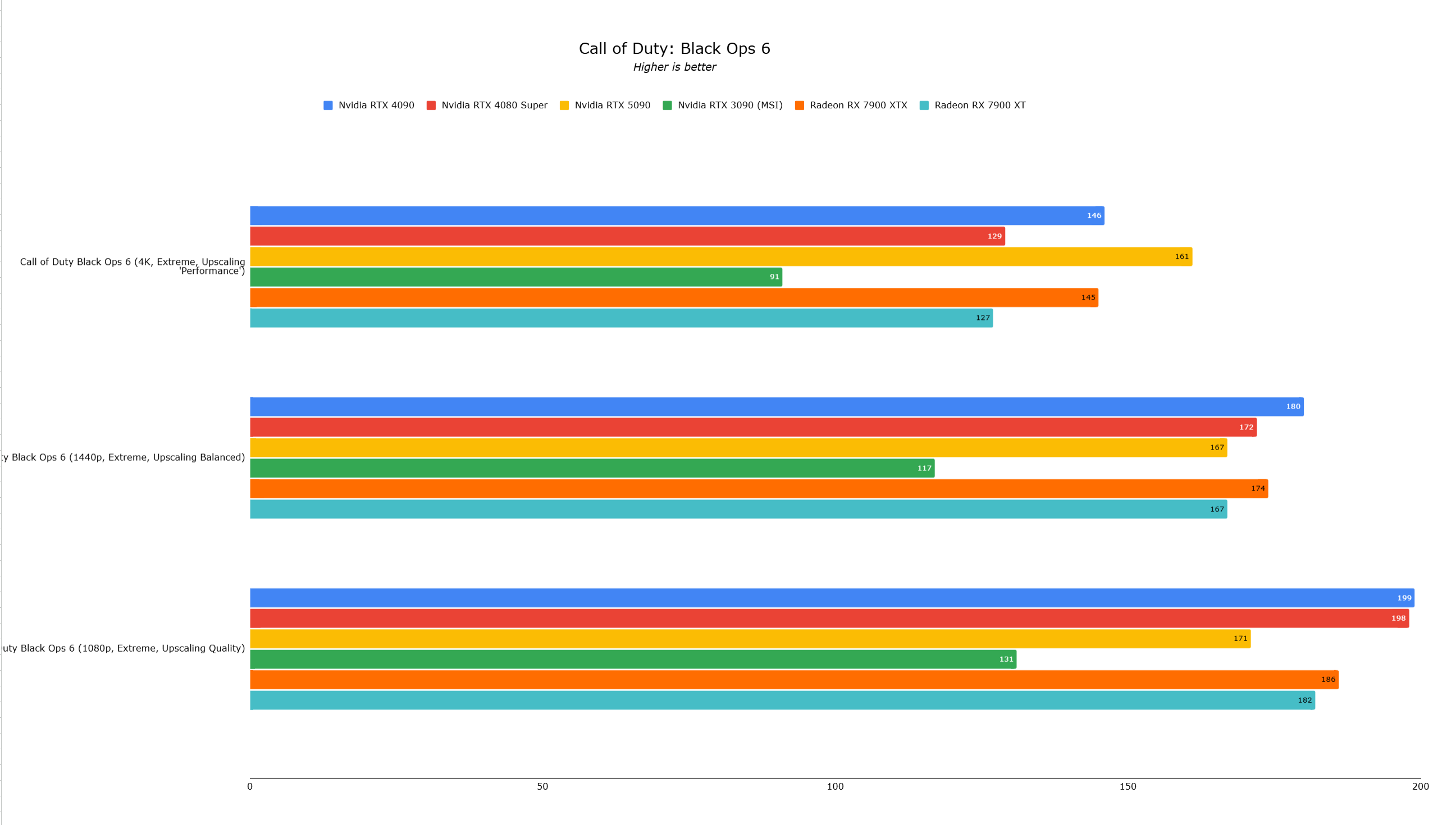
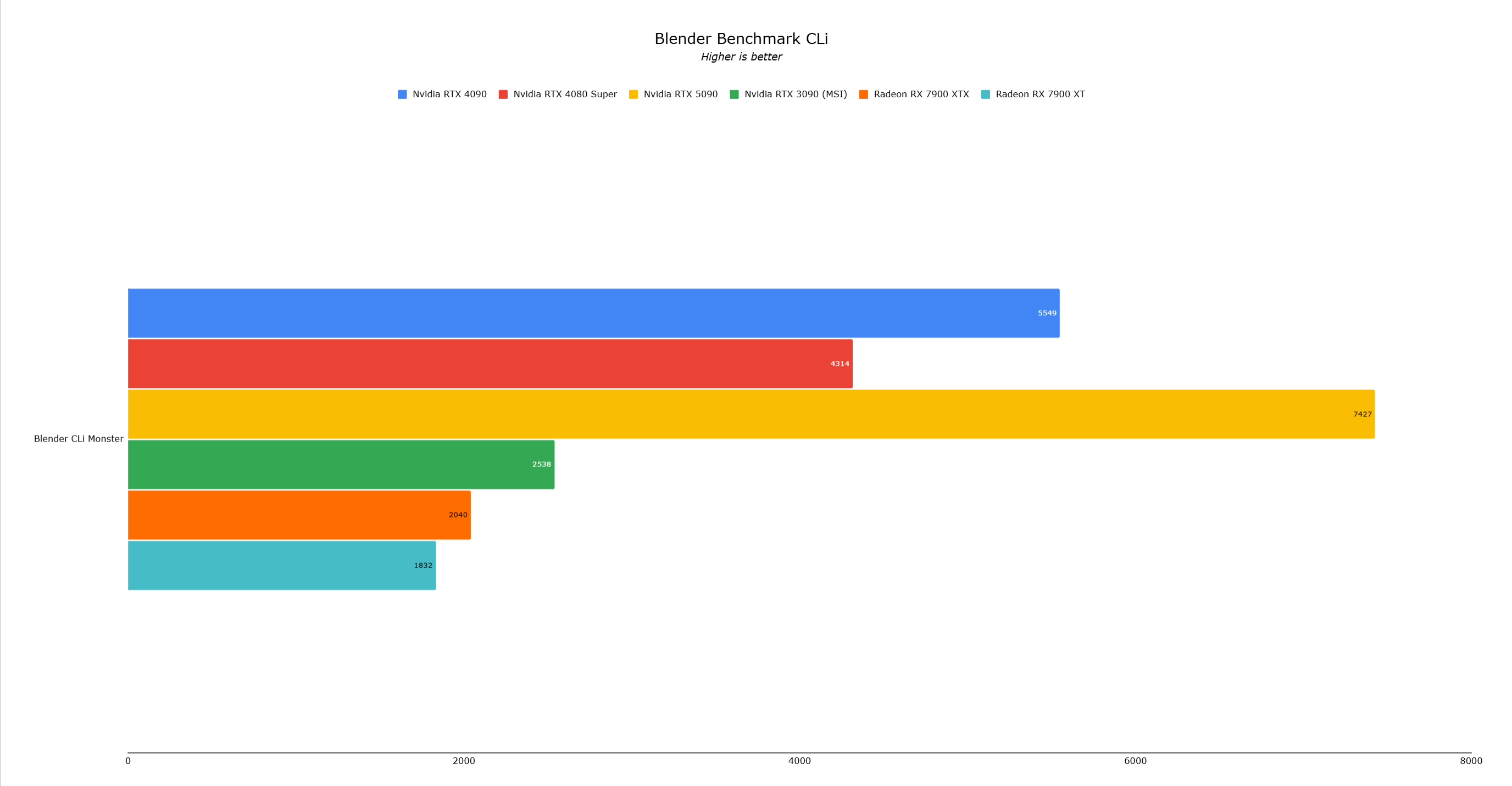 14 Images
14 Images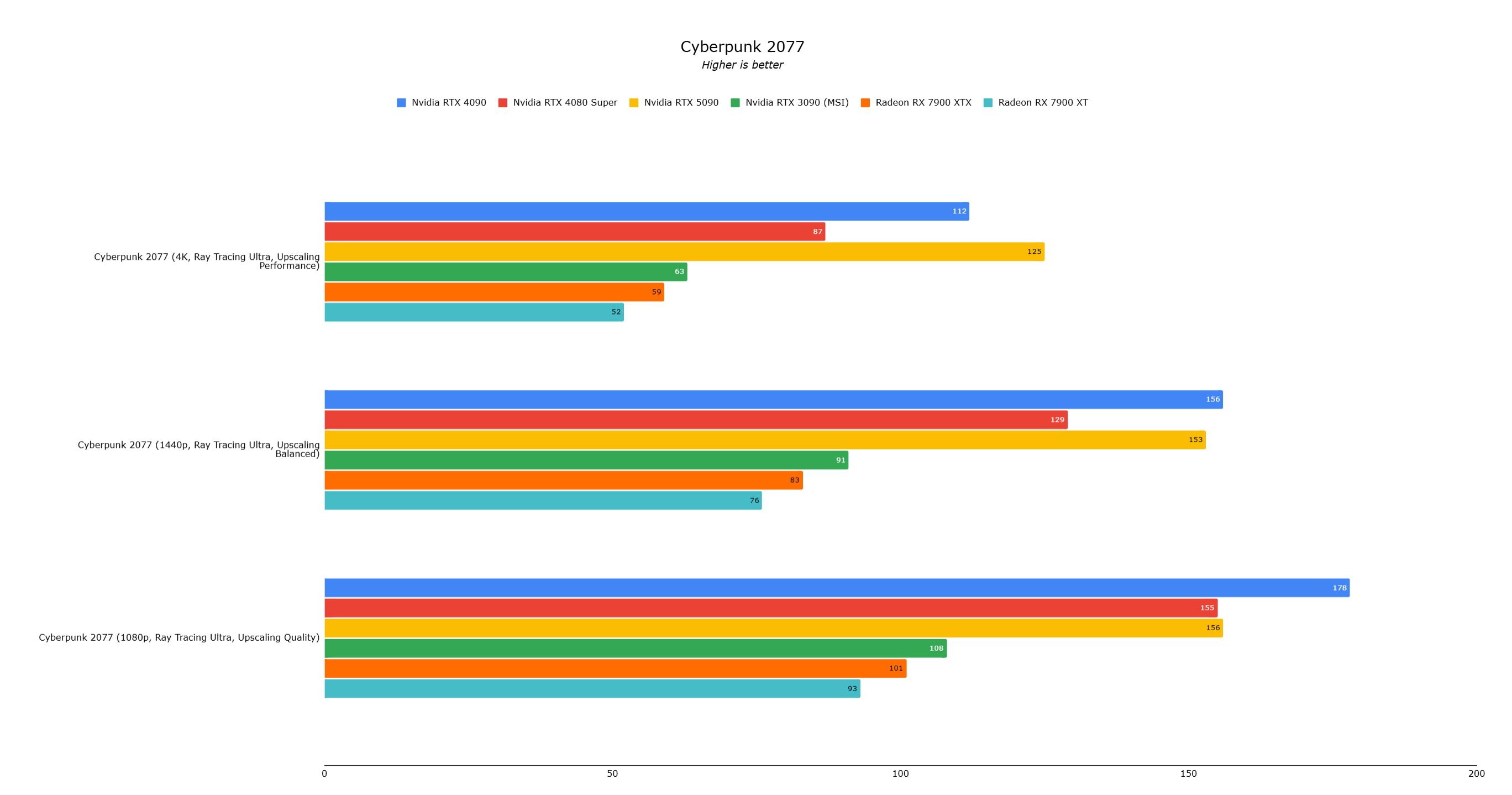
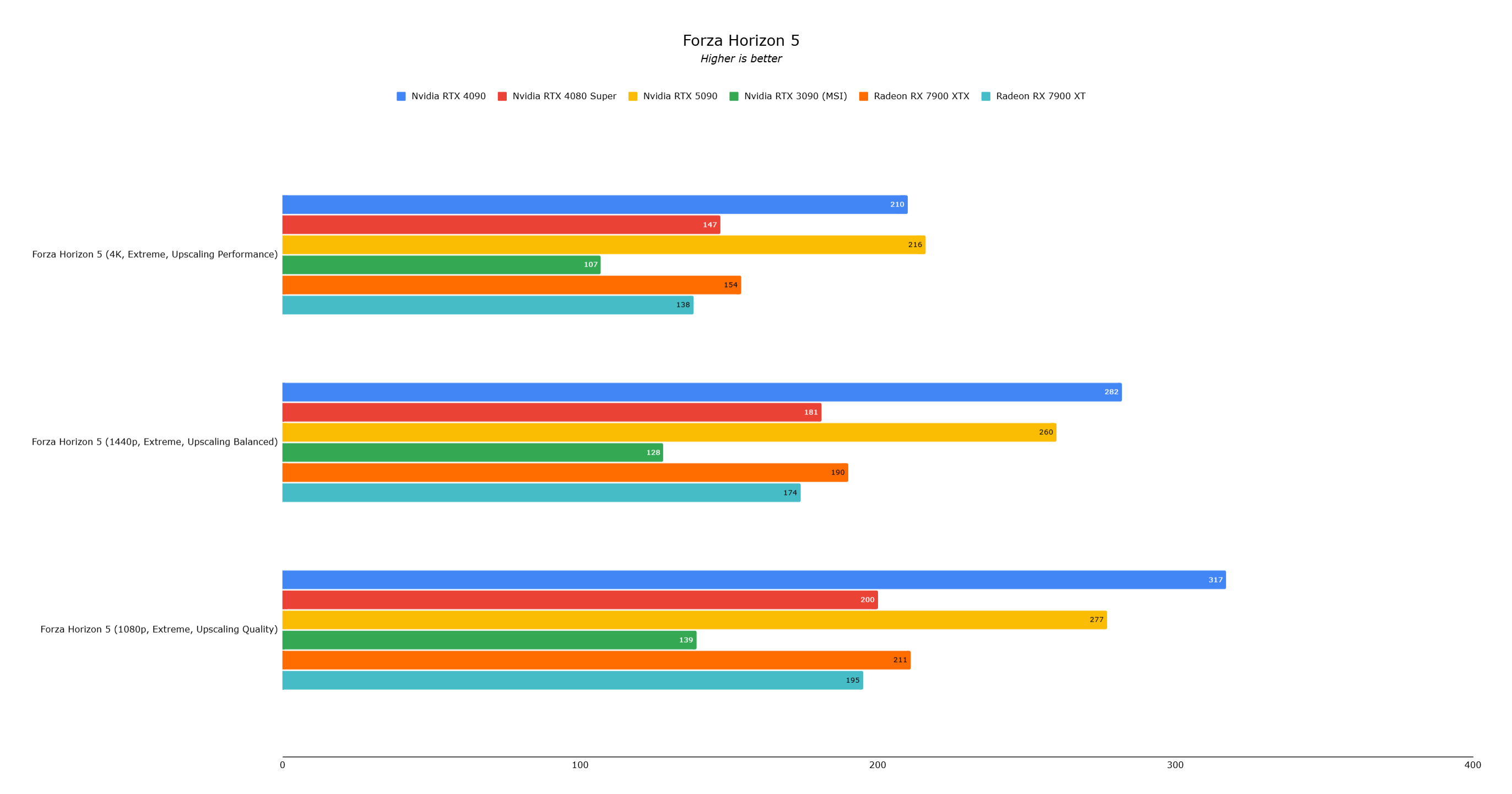

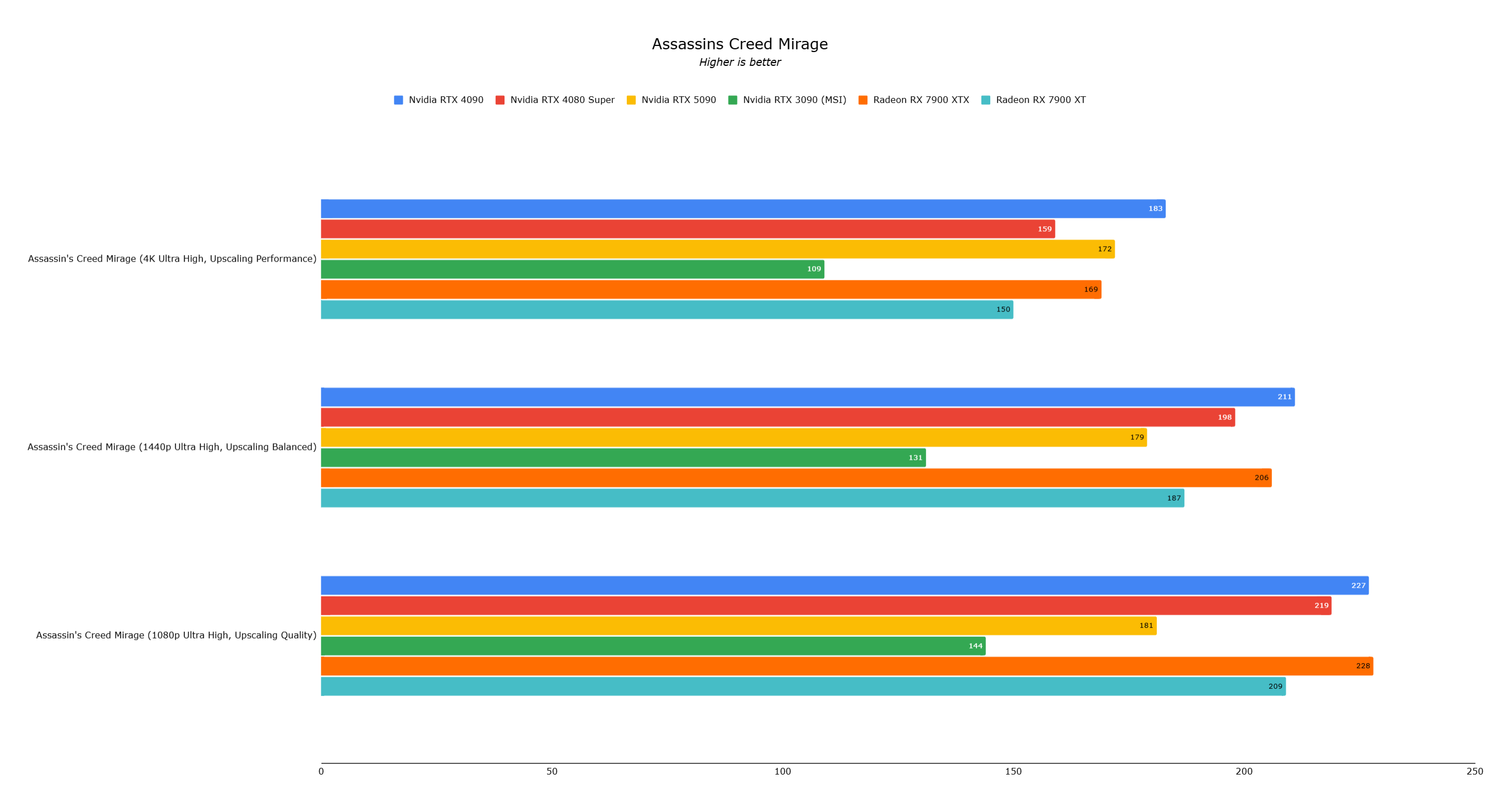
Conclusion
The RTX 5090 is the fastest consumer graphics card, but its performance gains over the RTX 4090 are often limited by current game engine capabilities. Its strength lies in its DLSS 4 and Multi-Frame Generation, offering significant frame rate increases for high-end displays. It's a card for those seeking cutting-edge AI-powered gaming, but for most, the RTX 4090 remains a powerful option. The RTX 5090 is a bet on the future of AI in gaming.
AnswerSee Results






